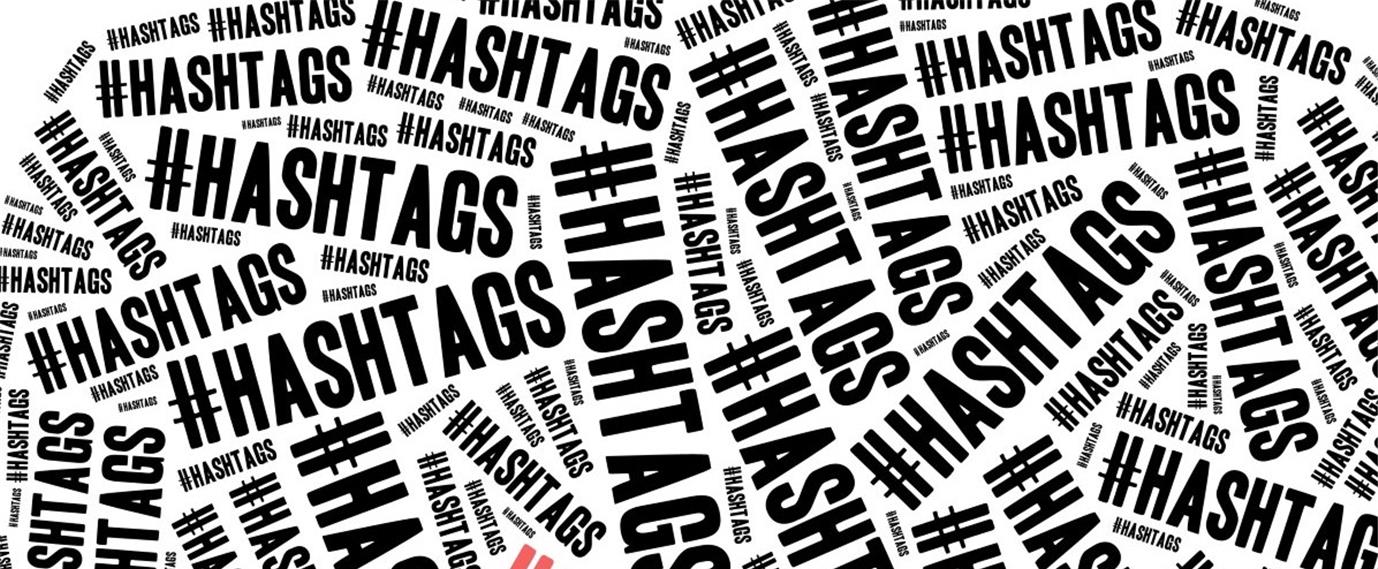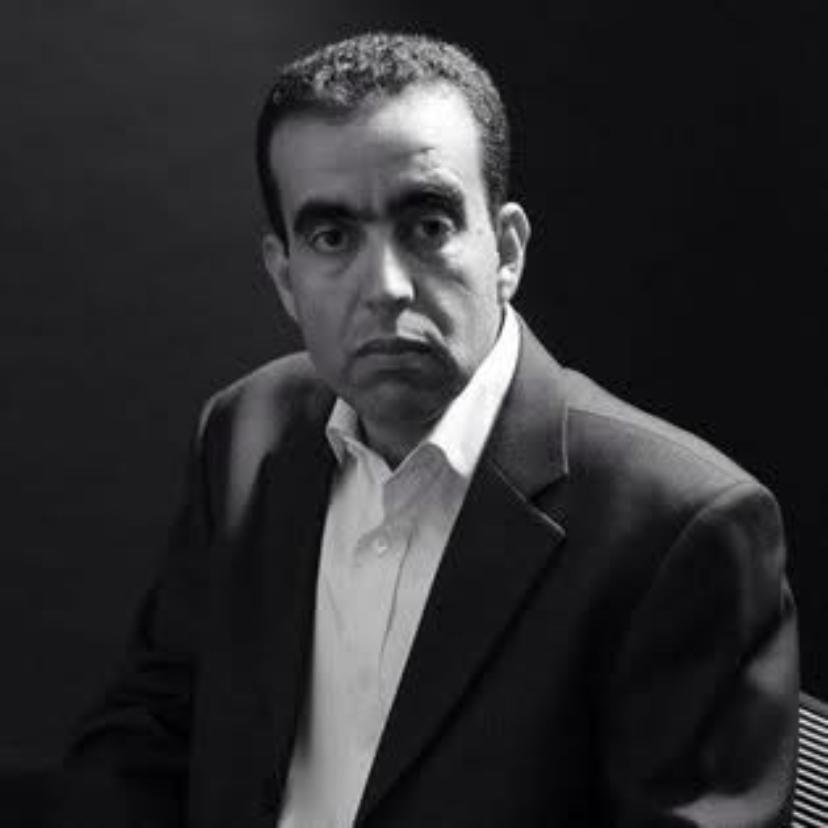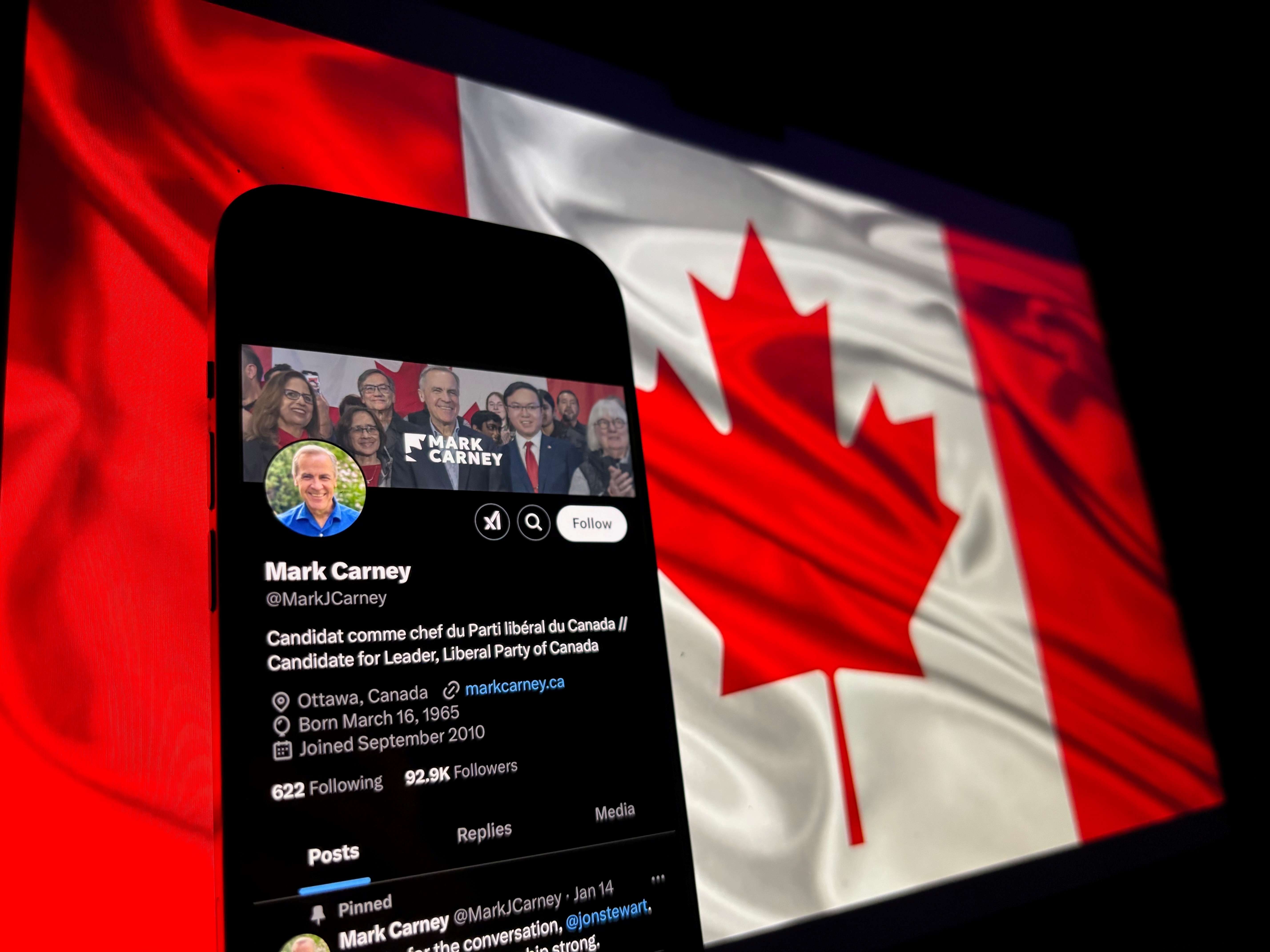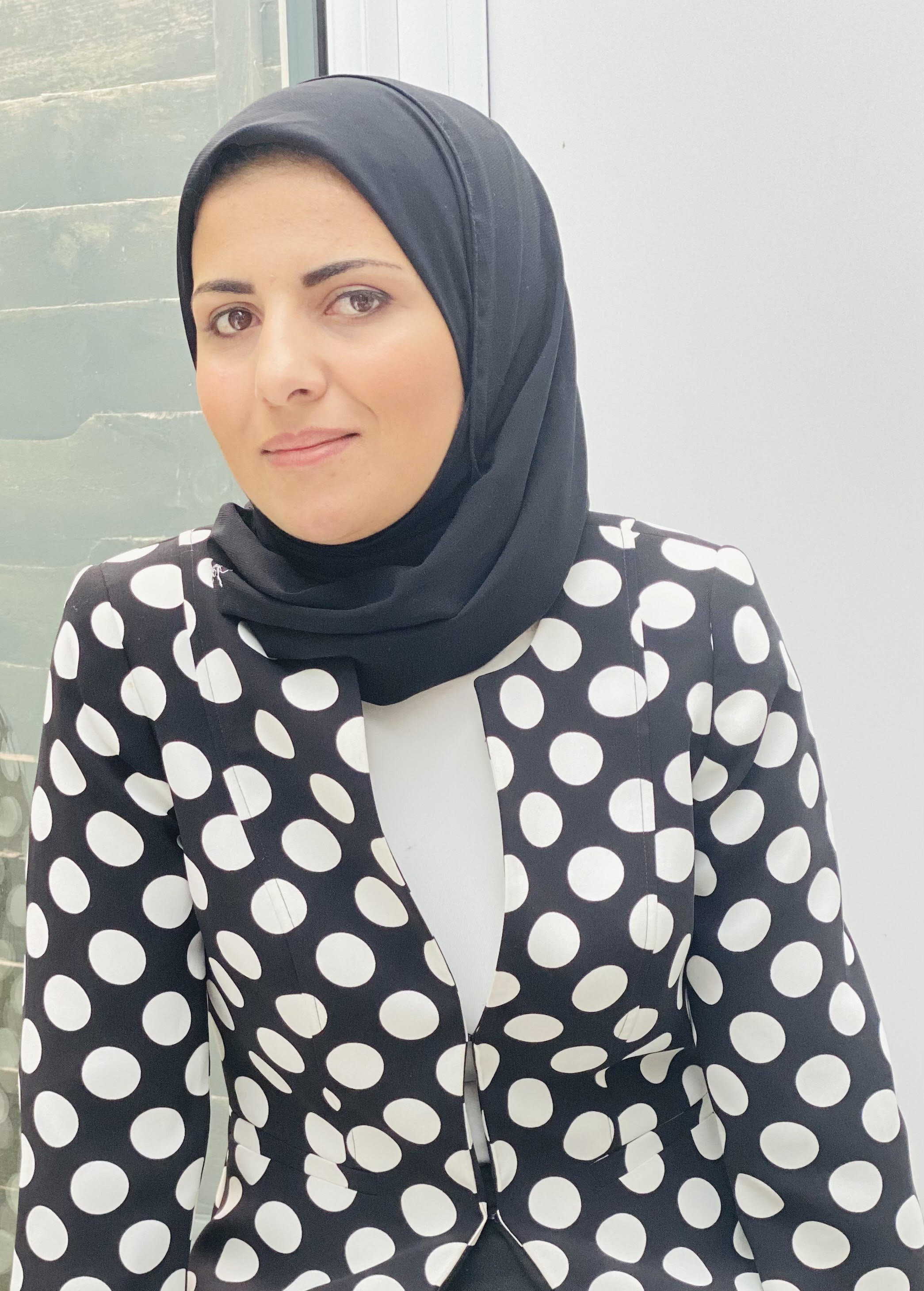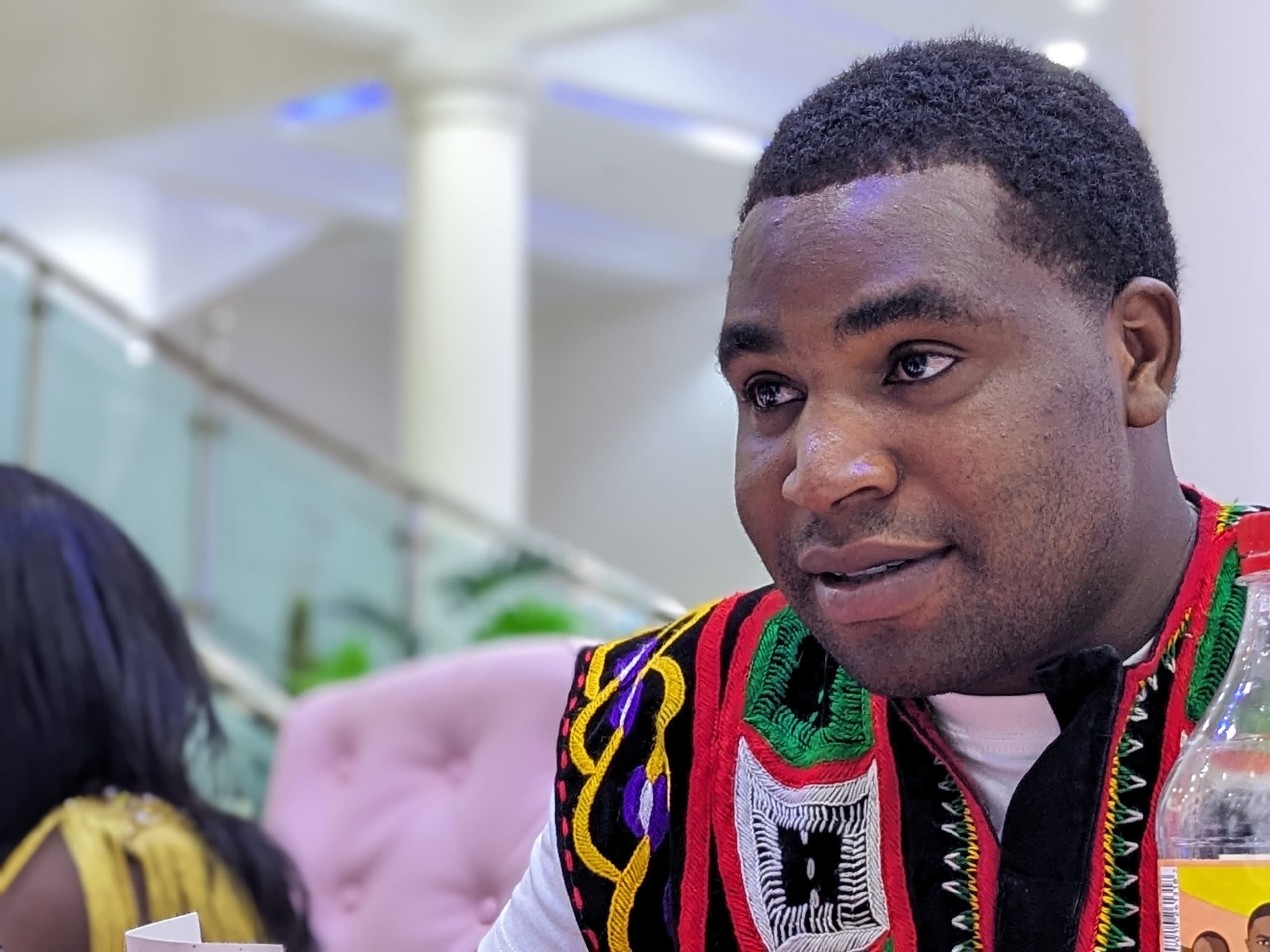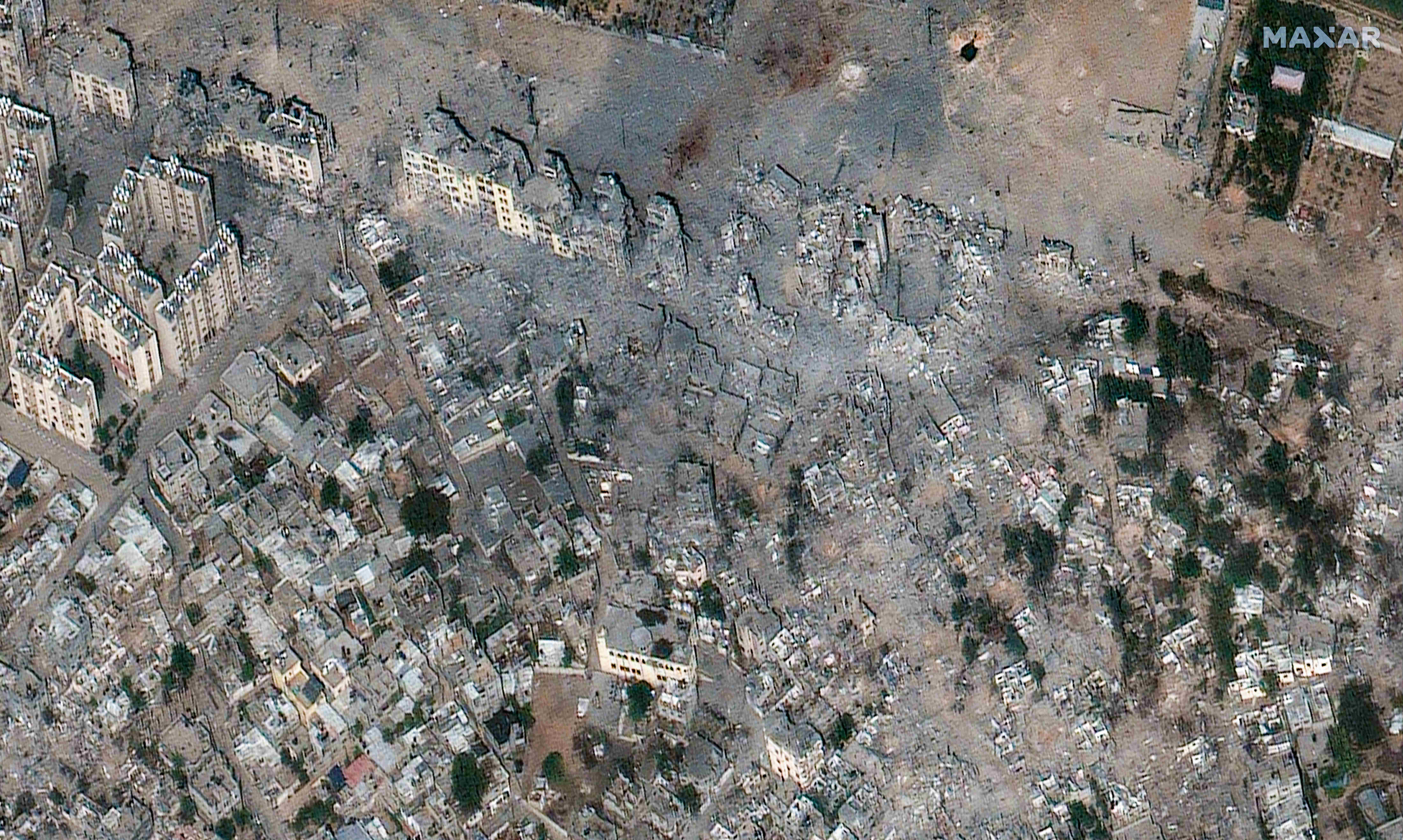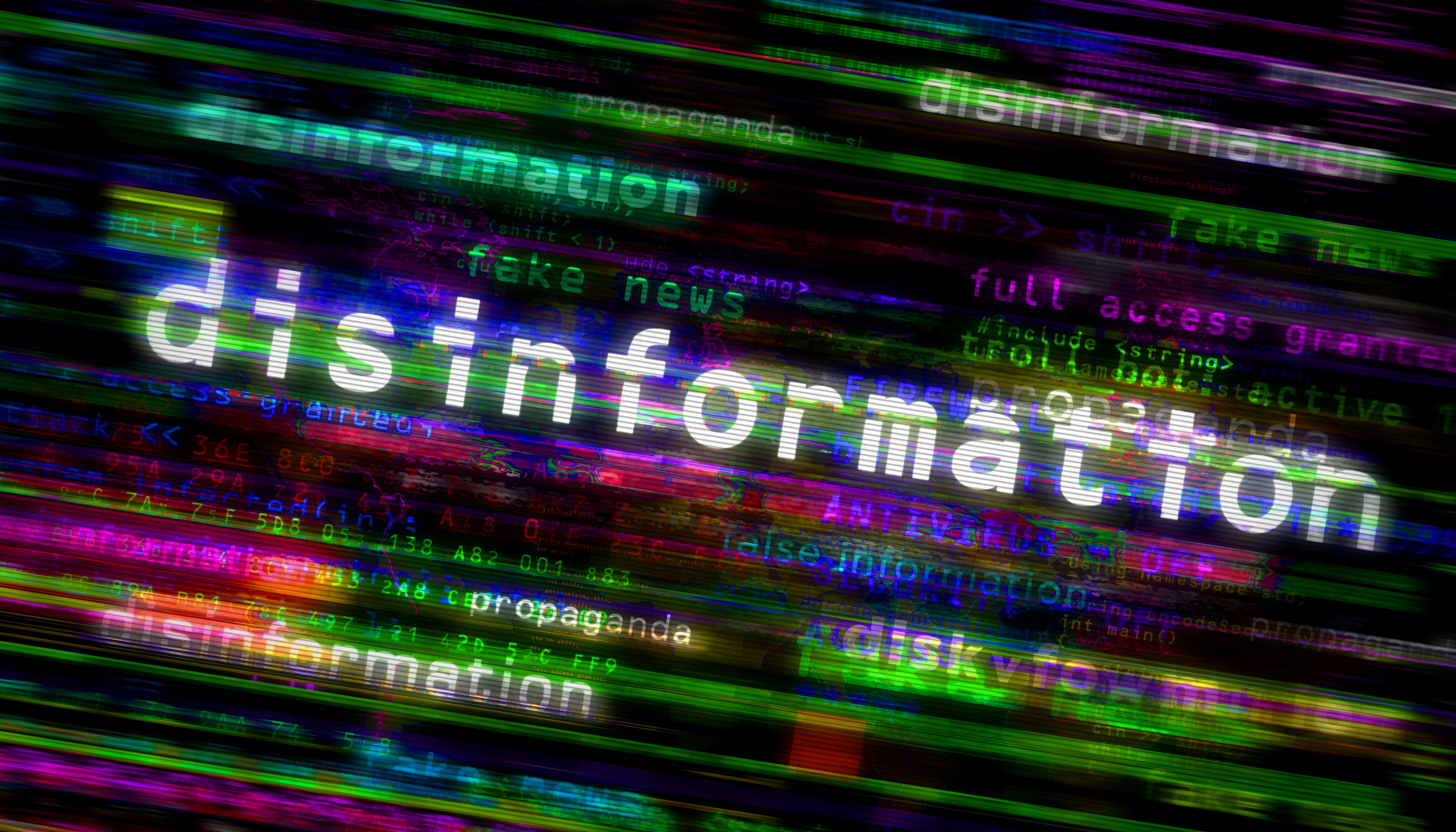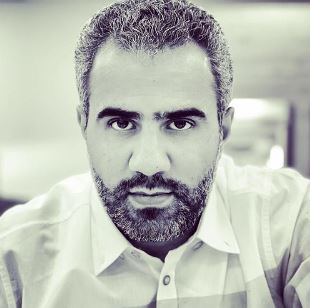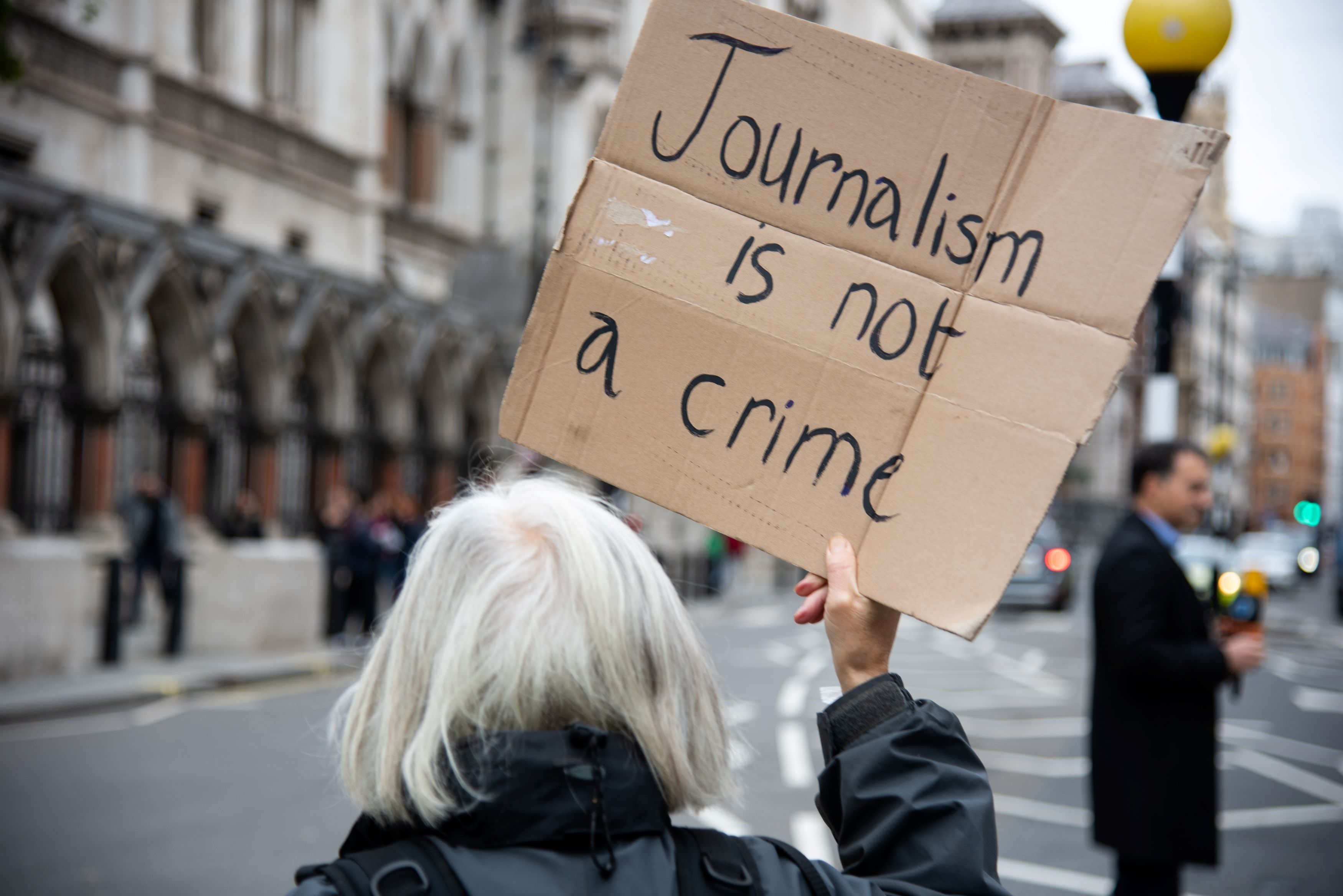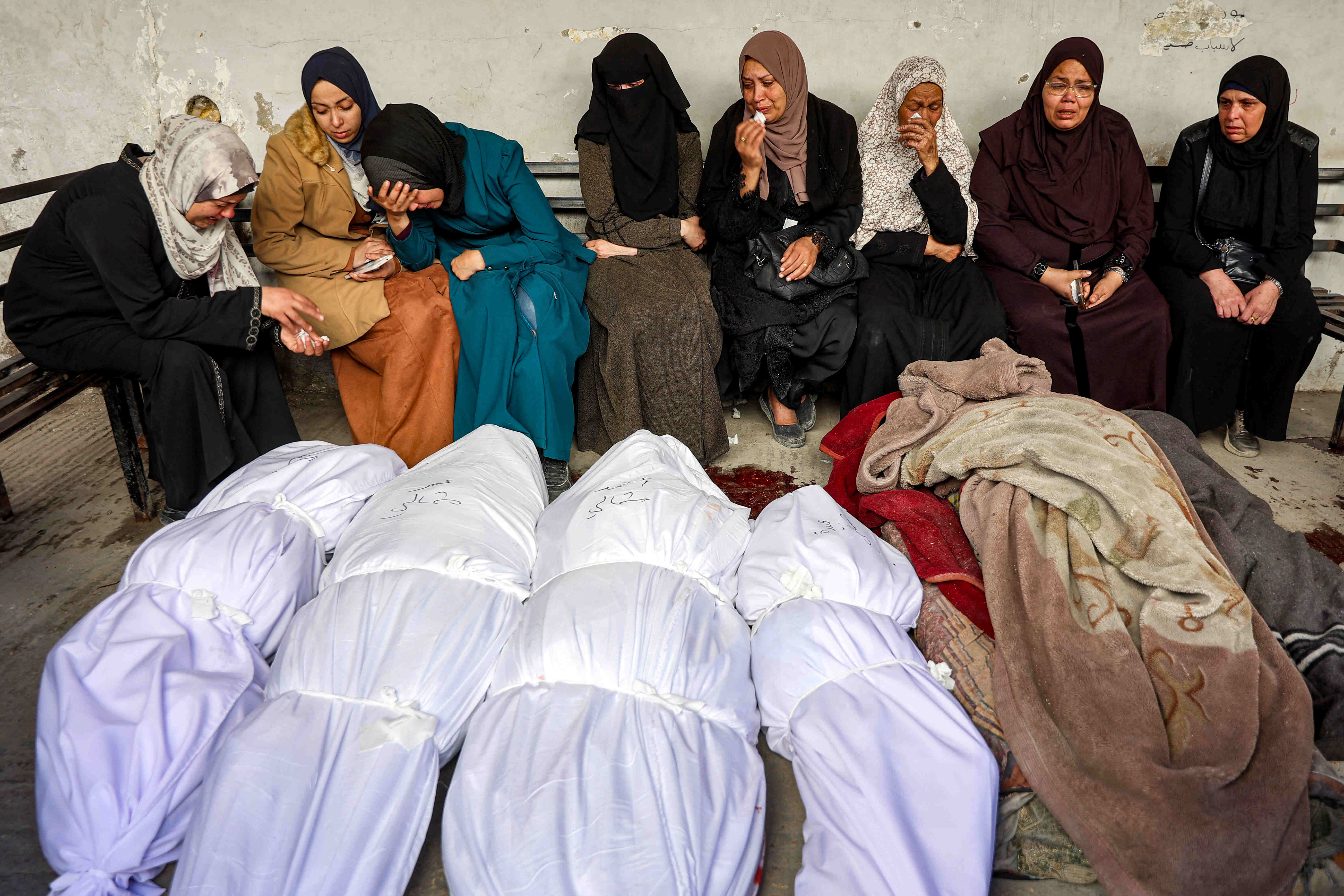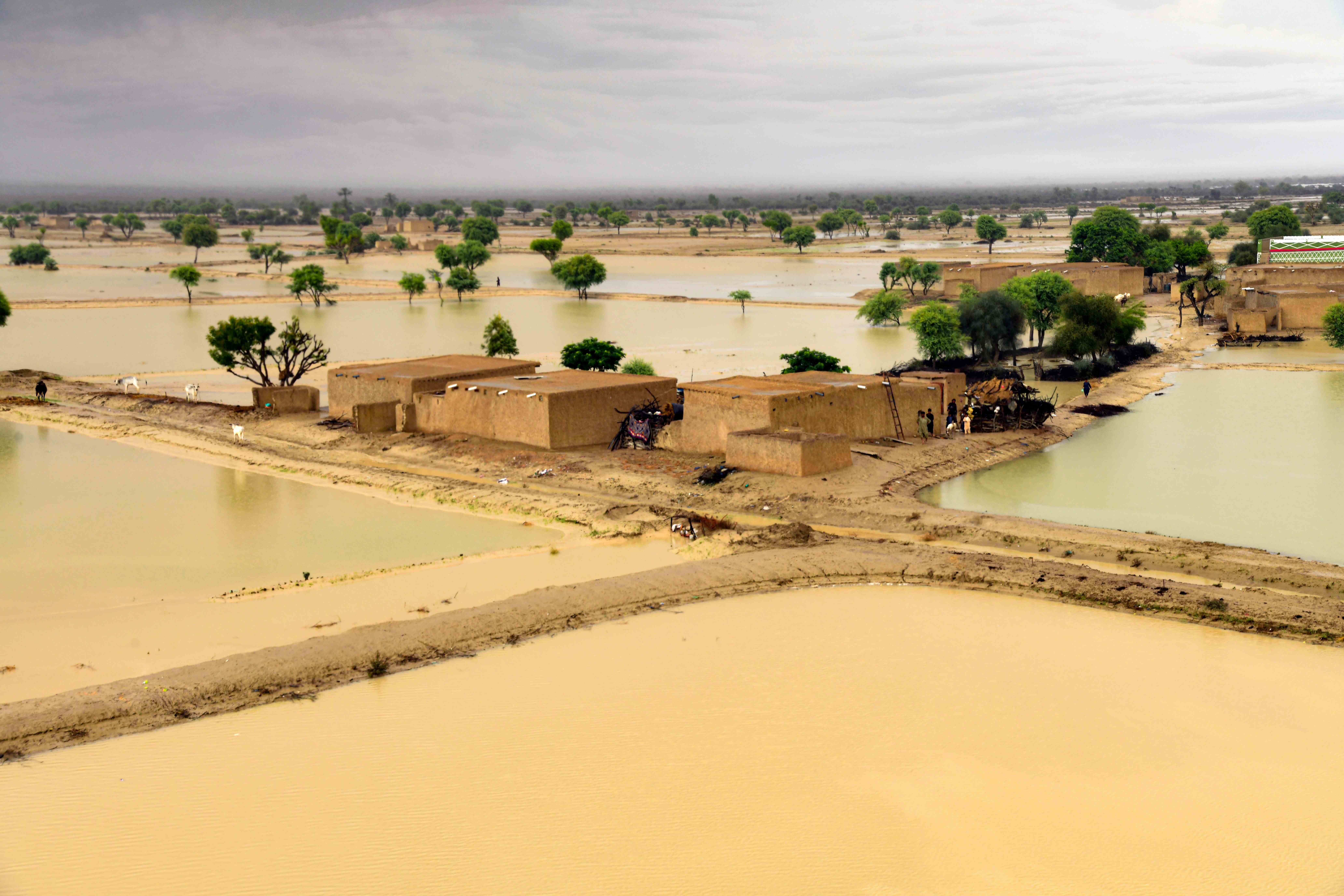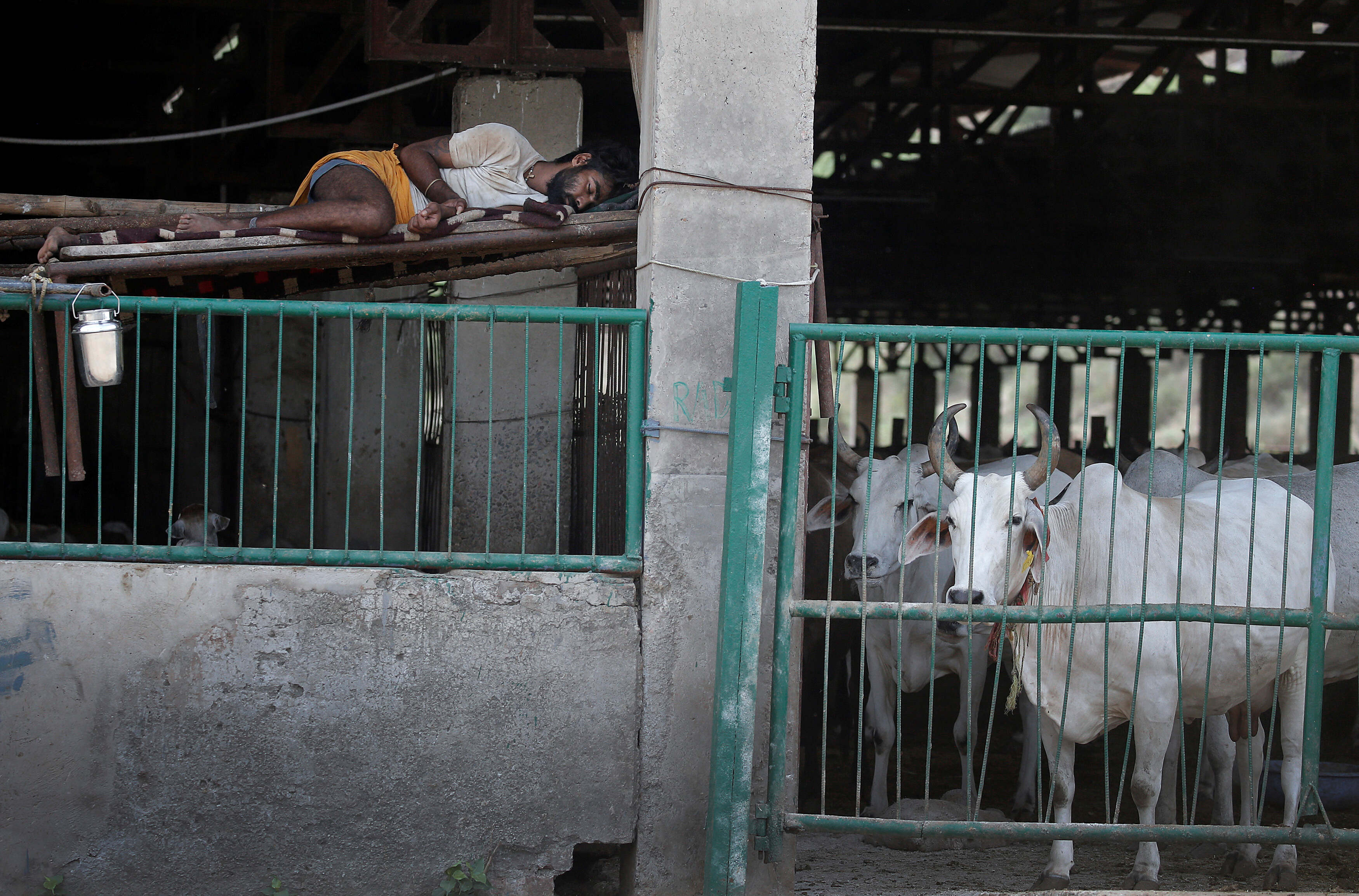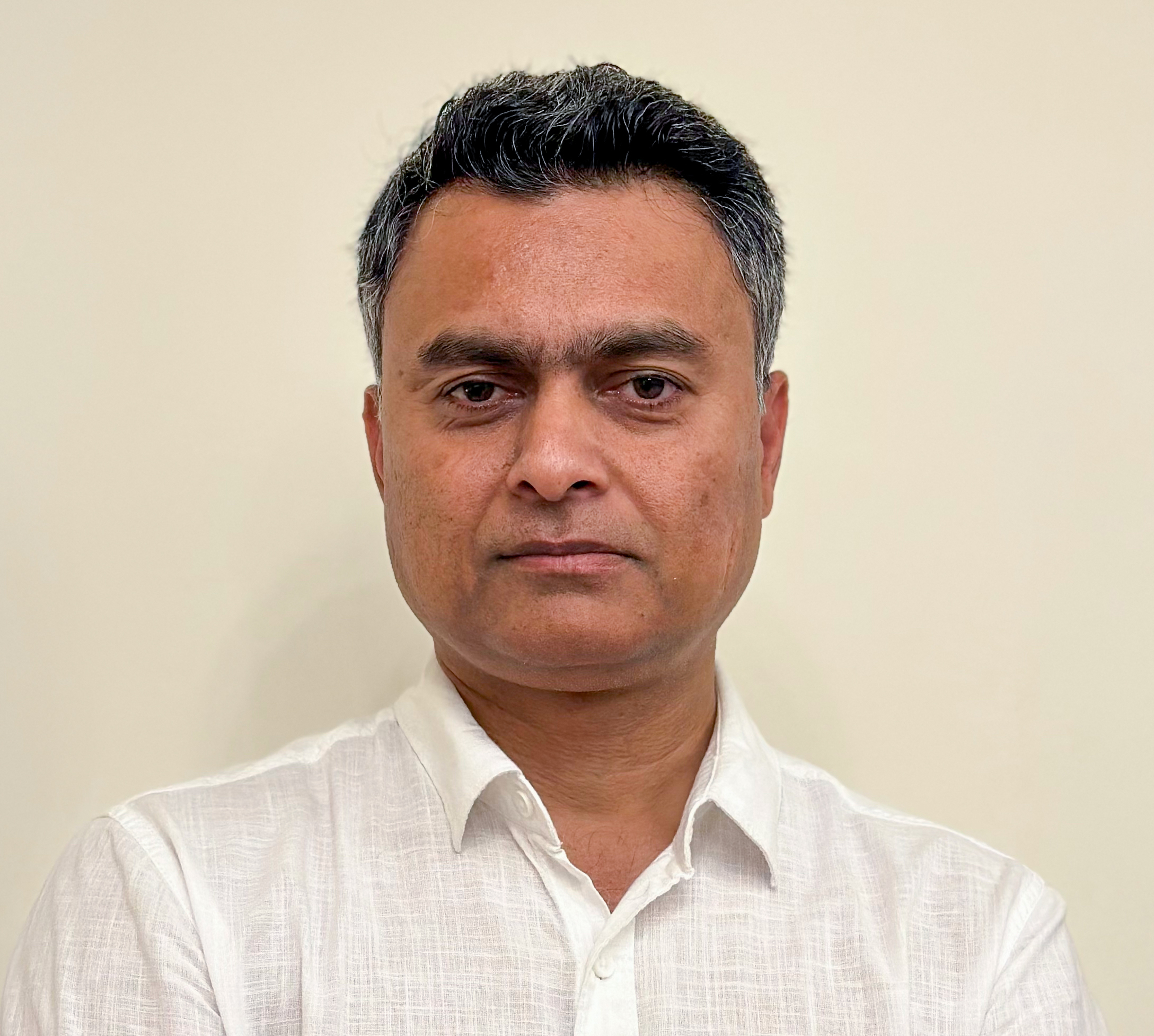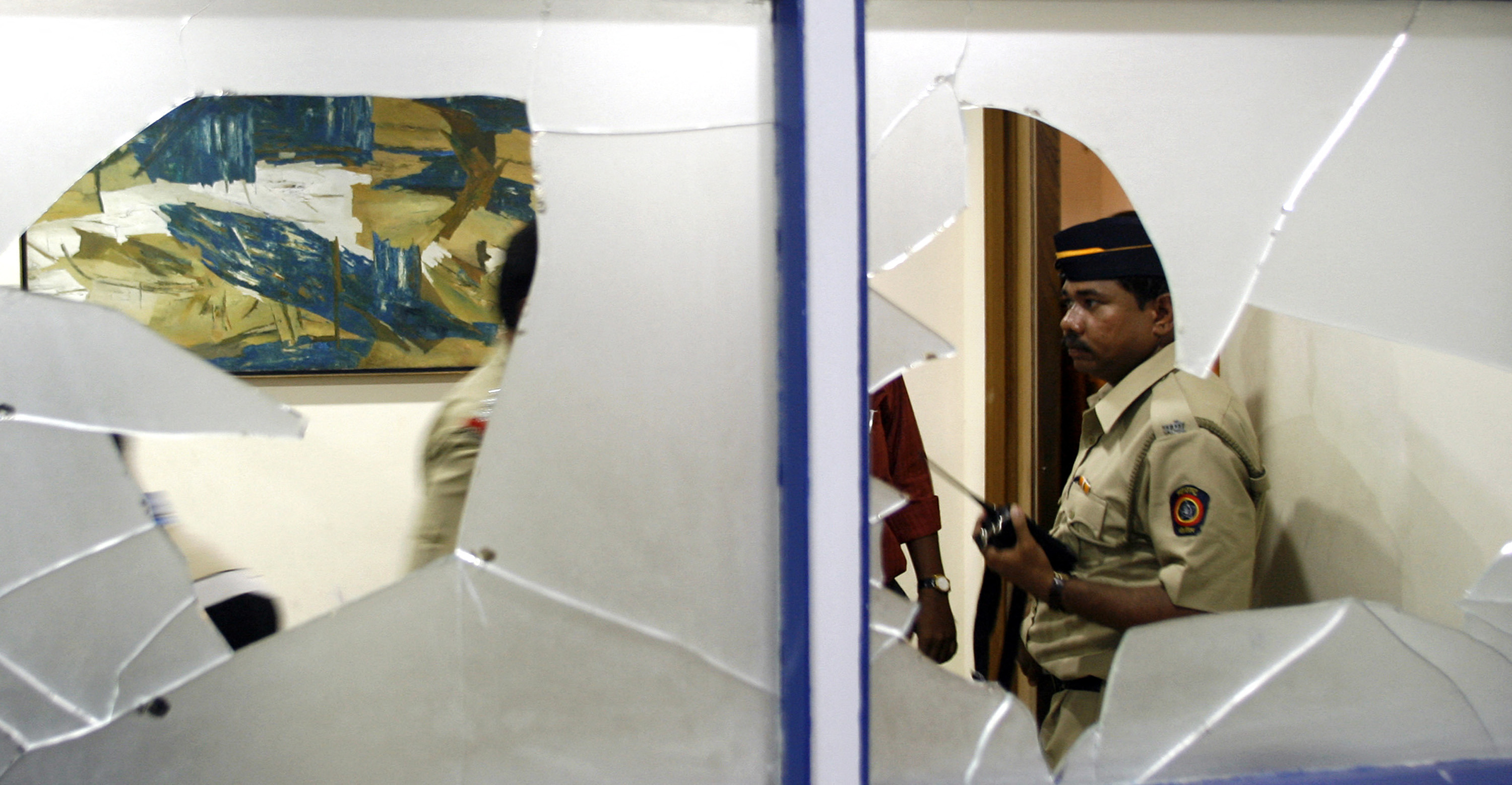تطوَّرت لغة الإنترنت بشكل كبير خلال السنوات القليلة الماضية، وانطلقت مواقع التواصل الاجتماعي وهيمنت بشكل واضح. وكان الوسم (هاشتاغ) جزءا مهما وكبيرا من هذا التطور. وما كان مجرَّد زرٍّ على الهاتف، بات الآن ظاهرة أساسية ومحورية على مواقع التواصل الاجتماعي.
قد يُصبح الوسم مزعجا وذا أثر سلبي في حالة الإفراط في استخدامه، لذا على الصحفي أن يتعامل معه باحترافيَّة لإكسابه قيمة تناسب المحتوى الخبري، فالإحصائيات والمعلومات التي بين أيدينا تعطينا إشارة إلى أهمية فهمه واستعماله بالشكل الصحيح.
ولأن الصحافة اليوم أصبحت جزءا لا يتجزأ من مواقع التواصل الاجتماعي، فقد أصبح الوسم في عالم الصحافة هو الأبرز، لما فيه من تسهيل وخدمة لمتابعيك كصحفي وللباحثين عن الأخبار، كما أنه يمنحك فرصة للوصول إلى جمهور أكبر.
لا تهمل الوسم
أبرز ما يمكن الاستدلال به على أهمية الوسم، هو قفزه السريع من موقع تويتر إلى المواقع الأخرى مثل فيسبوك وغوغل بلس وإنستغرام، بل وحتى محرك بحث غوغل.
ولا يقتصر استخدامه على البحث عنه عبر غوغل مثلا، بل عبر مواقع التواصل الاجتماعي مثل تويتر، مما يزيد من عدد متابعي الخبر الصحفي أو التحليل السياسي لمجرد تصنيفك إياه ضمن وسم معين يسهِّل على الباحث بعد ذلك إيجاده، سواء أكان ضمن متابعيك أم لا.
غير أن التساؤل الحقيقي الآن هو: كيف يمكنك العثور على الوسم الصحيح للمحتوى الذي تود نشره، والتأكد من أنك استخدمته بالشكل المناسب وفي المكان المناسب؟ لنفصِّل الأمر بشكل أكثر دقة:
الوسم على موقع "تويتر"
هل تعلم أن تغريدتك التي تحتوي على وسم تحصل على "تفاعلية" مضاعفة (X2) عن التغريدة الخالية من الوسم؟ فبحسب دراسات كثيرة أجريت، يمكنك مضاعفة "التفاعلية"، وبدلا من أن تُعاد تغريدتك عشر مرات، فإنها تُعاد عشرين مرة، وكل ما في الموضوع أنك أضفت وسما أو اثنين.
كما أن استخدام الوسم سيسهل على مستخدمي محرك البحث الخاص بتويتر إيجاد ما يبحثون عنه، ويزيد مدى التفاعلية مع التغريدة بنسبة 100%، مع ملاحظة أن التفاعلية هنا تشمل كلا من النقرات وإعادة التغريد والتفضيل وأيضا الردود على التغريدة.
وفي دراسة مهمة أُجريت على قرابة 1.2 مليون تغريدة، تبين أن التغريدة التي تحتوي وسما أو اثنين تزداد نسبة إعادة التغريد فيها بنسبة 55% عن التغريدات التي تخلو منه.
غير أنه في المقابل تماما، يمكن أن يكون استخدامك الخاطئ للوسم عاملا سلبيا. أبرز هذه الأخطاء هو استخدام أكثر من وسمين، وهو بحسب إحدى الدراسات يخفض التفاعلية بنسبة 17%.
الوسم في إنستغرام
كان التحذير واضحا في استخدام الوسم بشكل كبير في التغريدة الواحدة على تويتر، بل وأكدنا أن استخدام أكثر من وسمين يأتي بنتائج سلبية، إلا أن الوضع هنا مختلف في إنستغرام، وسيُسعد محبي الوسوم بكثرة، فالتفاعل يحدث في أعلى مستوياته على الصور التي تحظى بعدد وسوم يتجاوز الـ11، وقد تم الحصول على هذه المعلومات بناء على دراسة أُجريت على مستخدمين لديهم عدد متابعين أقل من الألف. ولعلني أستطيع قولها بطريقة مختلفة هُنا، أن وضع الوسوم في إنستغرام هي الطريقة المُثلى لارتفاع نسبة التفاعلية وعدد المتابعين لديك.
الوسم في موقع "فيسبوك"
إذا كان استخدام الوسم في تويتر وإنستغرام عاملا إيجابيا إن استُخدم بالطريقة الاحترافية المذكورة، فماذا عن الفيسبوك؟
يبدو أن تأثير الوسم على منشورات الفيسبوك لها طريقة مختلفة، يتضح منها أن المنشور الذي يخلو من الوسم يحقق تفاعلية أفضل من ذاك الذي يحتوي عليه.
دخل الوسم عالم الفيسبوك عام 2013، وإثر ذلك أعدَّت دراسة لمعرفة أثر وجوده على منشورات الفيسبوك، واتضح أن تأثيره يساوي "صفرا" على مستوى التفاعلية للمنشور، بل إن استخدام الوسم بشكل مفرط يسبب أثرا سلبيا، مما يحقق تفاعلية أقل.
كما أن استخدام الصحفي لوسم ليس له علاقة مباشرة بمنشوره، سيكون مضرا بصفحته وثقة متابعيه له، خصوصا أن البعض يستخدم بعض الوسوم التي تحظى بتفاعلية كبيرة للوصول إلى أكبر عدد من المتابعين.
الوسم في موقع "غوغل بلس"
لعل الطريقة تختلف هنا قليلا، فغوغل بلس يضع وسوما تلقائية بناءً على ما يحتويه منشورك، مع الملاحظة أنه يمكنك الإضافة والتعديل عليها. أضف أن موقع غوغل بلس كان الأول في إمكانية استخدام الوسم عبر التعليق على المنشور، وهو ما يعطي فرصة أكبر لانتشار المنشور.
كما أن محرك البحث "غوغل" يضيف عند البحث عن أي وسم من خلاله عمودا على اليمين في صفحة البحث مخصصا لهذا الوسم على موقع "غوغل بلس"، بالإضافة إلى نتائج البحث المعتادة على المواقع الأخرى، وبالتالي فرصة الوصول إلى عدد أكبر من المتابعين.
أدوات تفيدك كصحفي في إدارة الوسوم
استخدامك للأدوات المناسبة كصحفي محترف سيساعدك في عملية الاختيار والتعامل مع الوسوم المناسبة عبر صفحات مواقع التواصل الاجتماعي الخاصة بك، أو مواقع المؤسسة الإعلامية التي تنتمي إليها. وأضع بين يديك مجموعة من الأدوات ستعينك في ذلك:
• Hashtagify.me
لعله من أبرز أدوات الوسم اكتمالا، حيث إن هذا الموقع يحوي كما هائلا من المعلومات التي تستطيع من خلالها تحليل الوسم ومعرفة الوسوم الأخرى ذات الصلة ومدى شعبيتها. وفي حال اختيارك وسما معينا ستقوم بعرض مرئي لمدى شعبيته وبعض البيانات المهمة فيه، إضافة إلى الوسوم الأخرى التي تكون لذات الغرض ومدى ارتباطها بالوسم الأصلي الذي تم اختياره، وهو ما يعطيك فرصة لمعرفة جميع الوسوم التي تدور حول قضية أو خبر ما، إضافة إلى تحليله ومعرفة تفاصيله.
• RiteTag
تساعدك هذه الأداة على التأكد من مستوى اختيارك للوسم الذي ستستخدمه، بحيث تظهر لك هل هو في حالة جيدة أو فوق الجيدة أو مبالغ في استخدامه أو ربما لا يحظى باهتمام أصلا، وتبدأ بتحليله. ولدى هذا الموقع أسلوب خاص في تقسيم مستوى الأداء على الوسم عبر استخدام القوائم الملونة، وهو ما يساهم في أخذ صورة عامة وسريعة. هذه الأداة مهمة للصحفي في حالات السرعة والحاجة إلى معلومات سريعة وخاطفة.
• Tagboard
بهذه الأداة الرائعة يمكنك أن ترى كيف يستخدم الوسم الذي اخترته عبر شبكات التواصل الاجتماعي المختلفة، ففي صفحة النتائج على هذا الموقع والتي تعرض لك نتائج تحليل الوسم من خلال استخدامه عبر جميع مواقع التواصل (تويتر، فيسبوك، إنستغرام، غوغل بلس والفاين كذلك)، وهو ما يعطيك الفرصة للتعرف إلى الكيفية التي استخدم بها الآخرون هذا الوسم، وتحاول أن تبتكر أسلوبا مغايرا في استخدامه.
• Twitalyzer
في الحقيقة، ليست هذه الأداة خاصة بالوسوم، إلا أن جزءا منها سيخدمك في هذه الجزئية، والخدمة تتمحور حول حسابات تويتر وما هي الوسوم التي تستخدمها بكثرة. بمعنى أنه بوضعك اسم الحساب، تخبرك هذه الأداة ما هي أكثر وسومه استخداما، وهذا يفيدك في معرفة الوسوم التي تستخدمها الحسابات ذات التأثير الكبير على مستخدمي شبكات التواصل الاجتماعي.
• Trendsmap
هذه الأداة تساعدك كصحفي في معرفة الوسوم التي تستخدمها منطقة جغرافية محددة، بما يعني أنك إذا أردت لتغريدتك أن تصل إلى منطقة جغرافية بعينها (كالأخبار الخاصة بدولة أو منطقة ما)، فعليك استخدام هذه الأداة كي تضمن وصول تغريدتك إلى جمهور هذا المكان.
أخيرا، استخدم وسما بسيطا للغاية، واحترم متابعيك ولا تثقل عليهم في عدد الوسوم المستخدمة سواء أكانت ذات صلة بمنشورك أم لا. واحرص أن يكون الوسم سهل التذكر وواضحا ومفهوما للقراء، وقصيرا (أقل من ثلاث كلمات)، وأن يكون له علاقة بالمحتوى الصحفي والخبري.
وتذكر دائما أن الوسم لم يعد زرا على الهاتف منذ زمن، فحريٌّ بك أن تتقن التعامل معه.
